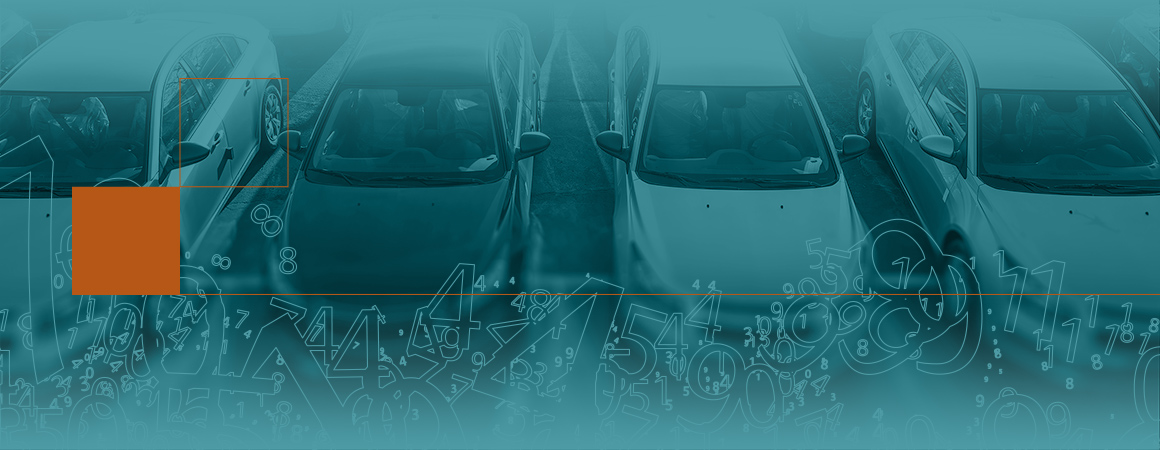
With most employers now using Single Touch Payroll (STP), the Australian Taxation Office (ATO) has access to real-time information about employers and their employees. If you have employees, the more likely it is you are providing some form of fringe benefit and the higher the expectation the ATO will expect to see you lodge an FBT return.
With the end of the 2021 Fringe Benefits Tax (FBT) year 31 March fast approaching and taking into account the ATO’s increased access to information about employees, now is the time to undertake a review of FBT and the benefits you may be providing.
FBT is a tax employers pay on certain benefits they provide to their employees. The general concept of FBT is to ensure that any benefits over and above wages paid to employees are taxed to capture the PAYG withholding that would be paid if the benefit had been paid as a wage.
FBT is paid by the employer to the ATO and therefore it is the employers’ responsibility to comply with the relevant requirements. FBT is often overlooked by small businesses thinking that it doesn’t apply to them but this is not always the case.
The list of benefits that fall within the FBT regime are listed below:
Today I am going to touch on the top 4
A car fringe benefit can occur when an employer makes a car they own or lease available for the private use of an employee. When a non-cash benefit (like the use of a car) has been provided to an employee, your business may be liable to pay FBT.
There are two calculation methods available to value a car fringe benefit the Statutory Formula or the Operating Cost method. An employer can choose which method determines the lowest taxable value. It can also alternate from FBT year to FBT year.
The statutory FBT method is based on how much the vehicle costs rather than how much it is being used privately. It uses a flat rate of 20% of the car’s base value, taking into account the number of days per year the vehicle is available for private use. The Operating Cost Method of calculating FBT on motor vehicles, is based on a log book record of travel which establishes the business percentage of motor vehicle expenses. The log book must be maintained for a continuous period of at least 12 weeks. Unless circumstances materially change, the same log book may be relied upon for 5 years before another 12-week period must be recorded. The lower the incidence of actual private use, the lower the taxable value.
The ATO has now released safe harbour guidelines for employees that are provided with workhorse vehicles.
A workhorse vehicle is a panel van, utility (ute) or other commercial vehicle (that is, one not designed principally to carry passengers) such as a dual cab ute with a carrying capacity of more than one tonne.
The ATO has provided that where the vehicle first meets the definition of a workhorse vehicle, and provided that the private use of the vehicle satisfies the following conditions that car will be exempt from FBT:
As part of your employer obligations, it is important that any private usage of motor vehicles is reviewed each year and an employee declaration signed as a record. The company’s HR policy should include motor vehicle usage so that you have the records to verify the safe harbour provisions have been satisfied.
A car parking fringe benefit will generally arise if an employer provides car parking to an employee and all the following conditions are satisfied:
Car parking benefits are exempt from FBT where provided:
The small business car parking benefits exemption applies if all the following conditions are satisfied:
From 1 April 2021 the small business turnover threshold will increase from $10 million to $50 million.
To determine whether providing food or drink is entertainment, the employer needs to look at the following factors. None of these on their own will determine whether providing food and drink is entertainment, but the first two questions are the more important.
It is important to note that, whilst entertainment provided solely to clients does not attract fringe benefits tax,such expenditure is not tax deductible nor can a GST input credit be claimed. In order to remain exempt from FBT in respect of non-employee meal entertainment expenditure, it is a requirement that the Company maintains a detailed expense log of all entertainment costs incurred dissected between employees and clients.
There are two alternative methods for calculating the FBT liability in respect of meal entertainment fringe benefits (provided to employees) which are the 50/50 and 12 week register method. Whilst these methods simplify calculation of your FBT liability, they deny the use of the minor benefit exemption for meal entertainment expenses such as a Christmas party.
A minor benefit is a benefit that has a value of less than $300. It is exempt from FBT if it would be unreasonable to treat it as a fringe benefit, that is, if the benefit is provided infrequently and irregularly.
The following work-related items are exempt from fringe benefits tax (FBT) provided they are used primary for the employees employment and one device per year unless you can satisfy the ATO requirements of having more than one device.
An employer may provide an expense payment fringe benefit if an employee incurs expenses and the employer either:
Some examples of expense payment fringe benefits are when an employer pays an employee’s health insurance, non – business travel, rent, rates, electricity, and airfares for family members.
If you have any questions regarding FBT please don’t hesitate to contact Amanda Bonavita.

Written for you by Amanda Bonavita
The information contained on this website and in this article is general in nature and does not take into account your personal situation. You should consider whether the information is appropriate to your needs, and where appropriate, seek professional advice from a financial adviser. Taxation, legal and other matters referred to on this website and in this article are of a general nature only and are based on our interpretation of laws existing at the time and should not be relied upon in place of appropriate professional advice. Those laws may change from time to time.
View Comments